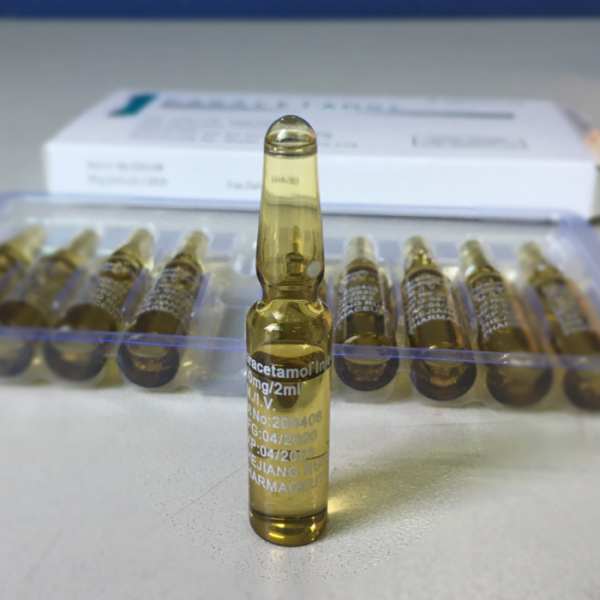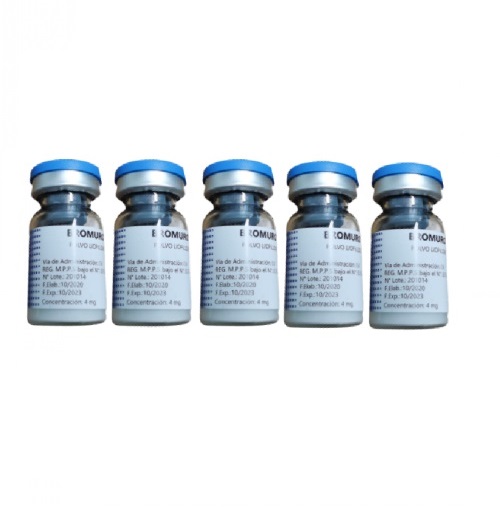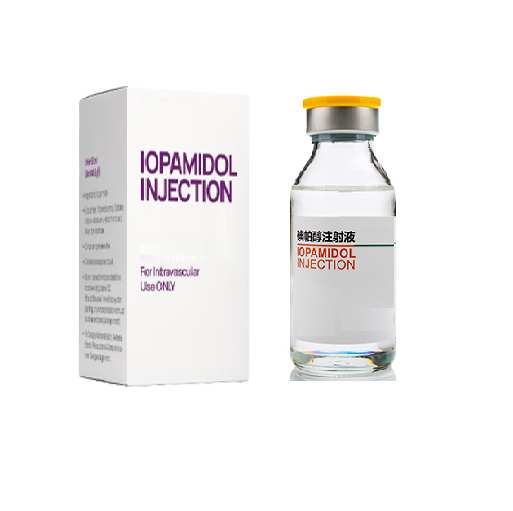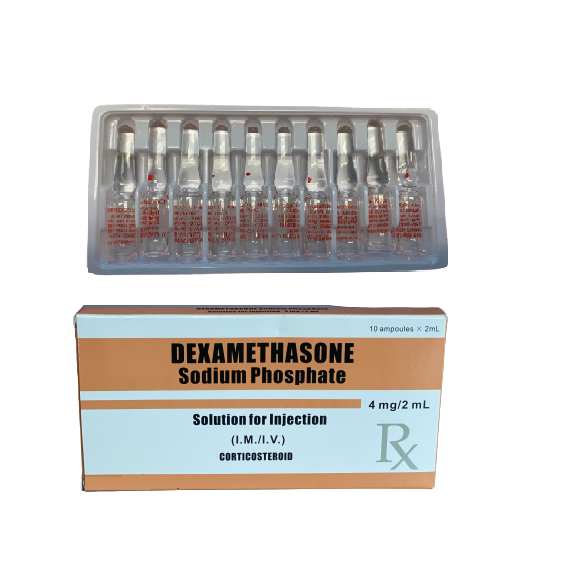Cephalosporins, currently the most widely used β-lactamide antibiotics clinically, are semi-synthetic antibiotics synthesized by connecting different side chains with 7-aminocephalic acid (7-ACA).
There are more than sixty kinds of cephalosporins listed on the market, which are divided into five generations according to the differences of antibacterial spectrum, antibacterial activity, stability to β-lactamase and renal toxicity.
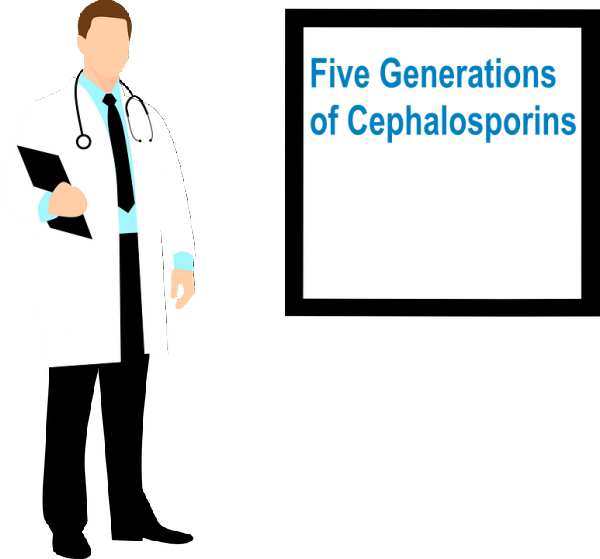
First-generation of cephalosporins
- Representative Drugs: cephalosporins,cefazolin, cefalotin.
- First-generation of cephalosporins mainly has a relatively good antibacterial effect against gram-positive bacteria, and also has certain antibacterial activity against gram-negative bacteria.
- First-generation of cephalosporins are mainly used for upper respiratory tract infections, skin infection, and soft tissue infections clinically.
- First-generation cephalosporins are not stable to β-lactamase and have certain renal toxicity.
Second-generation of cephalosporins
- Representative Drugs:Cefuroxime, cefaclor.
- Second-generation cephalosporins have more wide antibacterial spectrum based than the first-generation.
- The activity against gram-positive bacteria is similar as the previous, while activity against gram-positive bacteria are better.
- Second-generation of cephalosporins can be used for respiratory tract, skin and soft tissue, and urogenital infections.
- Second-generation cephalosporins are slightly more stable to β-lactamase. The side effects on renal function are relatively small, but they still have certain renal toxicity.
Third-generation of cephalosporins
- Representative Drugs: ceftriaxone, ceftazidime, cefoperazone, etc.
- The third-generation cephalosporins are broad-spectrum antibiotics, with relatively good antibacterial activity against a variety of gram-positive bacteria, especially for gram-negative bacteria.
- The third-generation of cephalosporins are widely used clinically for moderate and severe infections, the injection formulation such as ceftriaxone sodium for injection has big demand in many hospitals.
- The third-generation of cephalosporins have very few kidney toxicity.
Fourth-generation of cephalosporins
- Representative drugs: cefuroxime,cefoselis,cefquinone
- Fourth-generation cephalosporins have not only antibacterial activities as the third-generation,but also have activity against staphylococci.
- It can be used to treat bacterial infections resistant to third-generation cephalosporins.
- The fourth-generation are highly stable to β-lactamase. Fourth-generation of cephalosporins have low kidney toxicity.
Fifth-generation of cephalosporins
- Representative drug:ceflorine and Ceftobiprole
- Fifth-generation of cephalosporins have certain activity on meticillin-resistant Staphylococcus aureus, Ceftobiprole is the first cephalosporin works against MRSA and vancomycin-resistant Staphylococcus aureus (VRSA).
- Kidney toxicity are similar as the fourth-generation.
Each generation of cephalosporins has unique characteristics, different patients have different conditions, so cephalosporins must be used under the guidance of a doctor or pharmacist.


